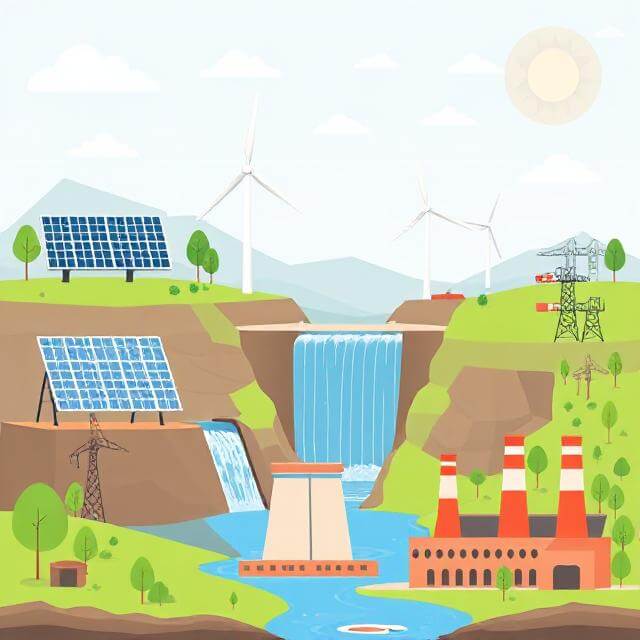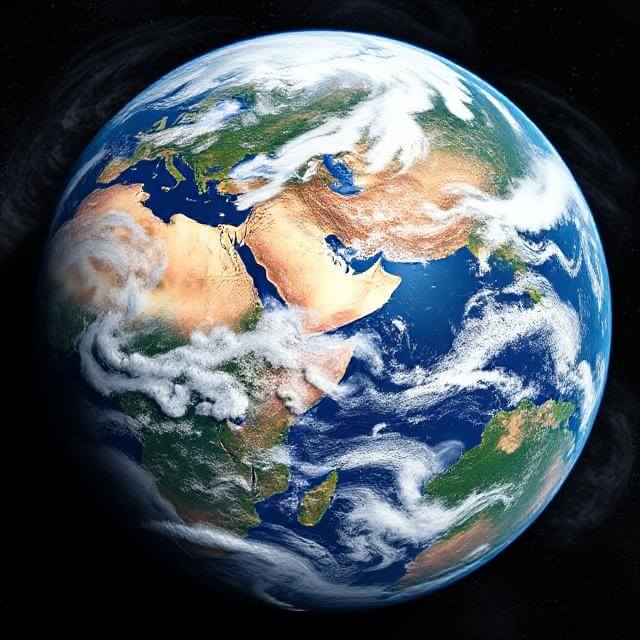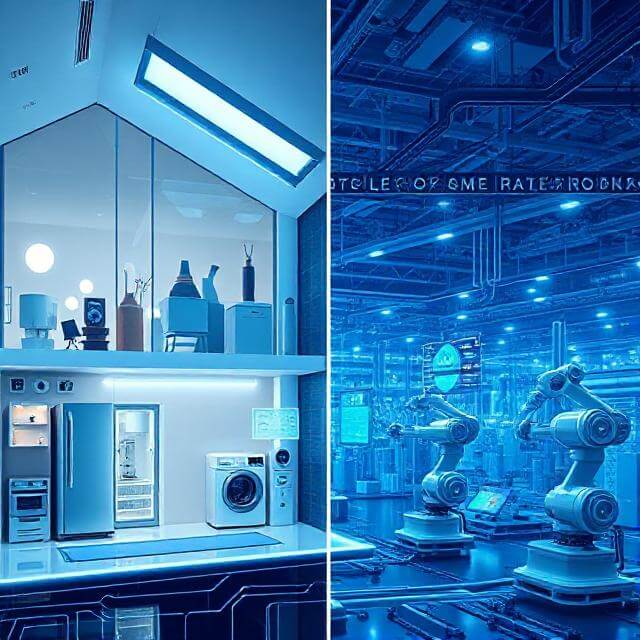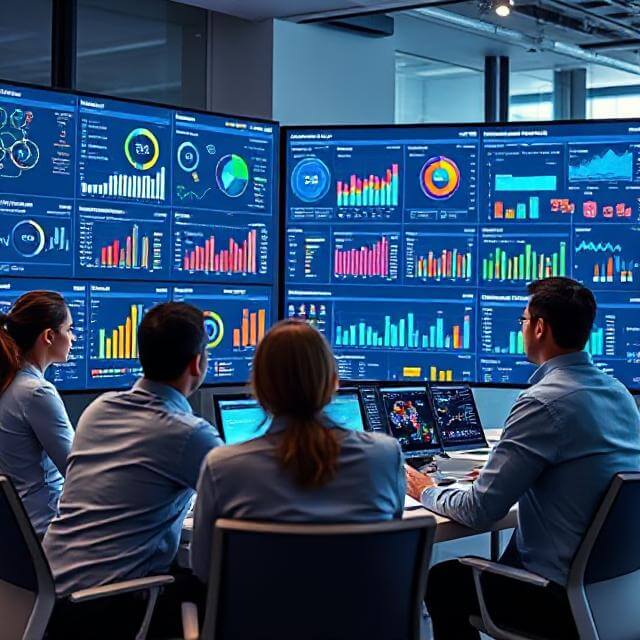How Electricity Is Generated Using Different Methods – Complete Guide (2025)
Electricity is a very important part of modern life. We use it every day in homes, schools, offices, factories, hospitals, and everywhere else. But have you ever thought – how is electricity made?
In this simple article, we will explain how electricity is generated using different methods. You will learn about traditional ways, renewable energy, new technologies, and the future of electricity.
📌 Table of Contents
- What Is Electricity?
- Why Do We Need Electricity?
- Main Types of Electricity Generation
- Conventional Methods
- Thermal Power
- Hydroelectric Power
- Nuclear Power
- Renewable Methods
- Solar Energy
- Wind Energy
- Geothermal Energy
- Biomass Energy
- New & Modern Methods
- Tidal and Wave Energy
- Hydrogen Fuel Cells
- Waste-to-Energy
- Pros and Cons of Each Method
- Environmental Impact
- The Future of Electricity
- Final Thoughts
- FAQs
⚡ 1. What Is Electricity?
Electricity is a form of energy. It can flow through wires and power machines, lights, fans, TVs, mobiles, and more. But electricity does not exist in nature in big amounts. We must generate it using natural or man-made methods.
🌍 2. Why Do We Need Electricity?
- To light up homes and streets
- To run fans, ACs, and heaters
- For mobile phones and computers
- In hospitals, for machines and lights
- In factories, for production
- For transport (electric trains, vehicles)
🧪 3. Main Types of Electricity Generation
Electricity can be made in different ways:
- By burning fuel (like coal or gas)
- By using moving water
- By using the sun or wind
- By nuclear energy
- From waste or hydrogen
Let’s understand these one by one.
🔥 4. Conventional Methods of Electricity Generation
🏭 a) Thermal Power (Coal, Oil, Gas)
How It Works:
Fuel like coal or gas is burned to produce heat. This heat makes water turn into steam. The steam spins a big machine called a turbine, which generates electricity.
Used Fuel: Coal, Diesel, Natural Gas
Pros:
- Makes a lot of electricity
- Cheap in many countries
Cons:
- Air pollution
- Uses non-renewable fuel
- Not good for the environment
💧 b) Hydroelectric Power (Water Energy)
How It Works:
A dam holds water in a big lake. When water is released, it flows fast and spins turbines. This movement produces electricity.
Used Fuel: Water (natural force)
Pros:
- Clean energy
- Low cost after setup
Cons:
- Dams are expensive to build
- May harm rivers and fish
- People may need to move
☢️ c) Nuclear Power
How It Works:
Uranium, a special element, breaks into small parts in a reactor. This creates heat. Heat makes steam. Steam spins the turbine to make electricity.
Used Fuel: Uranium or Plutonium
Pros:
- High power output
- Low air pollution
Cons:
- Dangerous radioactive waste
- High cost
- Needs strong safety systems
🌞 5. Renewable Methods of Electricity Generation
☀️ a) Solar Power (Sunlight)
How It Works:
Solar panels take sunlight and convert it into electricity using photovoltaic (PV) cells.
Used Fuel: Sunlight
Pros:
- No pollution
- Free sunlight forever
- Good for homes and offices
Cons:
- Expensive to install
- Depends on weather
- Needs batteries to store power
🌬️ b) Wind Power
How It Works:
Wind spins large blades of a wind turbine. This spinning creates electricity.
Used Fuel: Wind
Pros:
- Clean energy
- No fuel needed
- Useful for windy areas
Cons:
- No wind = no power
- Noisy sometimes
- High installation cost
🌋 c) Geothermal Energy
How It Works:
Heat from inside the Earth is used to make steam. The steam spins turbines and produces electricity.
Used Fuel: Earth’s natural heat
Pros:
- Constant supply
- Low pollution
Cons:
- Can only be used in some places
- High starting cost
🌿 d) Biomass Energy
How It Works:
Organic materials like wood, crop waste, or animal waste are burned or processed to make energy.
Used Fuel: Plant or animal waste
Pros:
- Reduces waste
- Renewable
- Can be made locally
Cons:
- Makes smoke and pollution
- Needs a lot of raw material
🌊 6. New & Modern Methods
🌊 a) Tidal & Wave Energy
Energy is taken from ocean tides and waves. This moving water spins turbines to generate electricity.
🔋 b) Hydrogen Fuel Cells
Hydrogen and oxygen mix in a fuel cell. This reaction creates electricity, heat, and water.
♻️ c) Waste-to-Energy
Waste materials are burned or converted into gas. This gas is used to make electricity in power plants.
⚖️ 7. Pros and Cons of Each Method
| Method | Renewable | Clean Energy | Cheap to Run | Easy to Build |
|---|---|---|---|---|
| Coal Power | ❌ | ❌ | ✅ | ✅ |
| Hydro Power | ✅ | ✅ | ✅ | ❌ |
| Solar Power | ✅ | ✅ | ✅ (long term) | ❌ |
| Wind Power | ✅ | ✅ | ✅ | ❌ |
| Nuclear Power | ❌ | ✅ | ❌ | ❌ |
| Biomass Power | ✅ | ❌ | ✅ | ✅ |
| Tidal/Wave Power | ✅ | ✅ | ❌ | ❌ |
| Hydrogen Cells | ✅ | ✅ | ❌ | ❌ |
| Waste-to-Energy | ✅ | ✅ | ✅ | ✅ |
🌱 8. Environmental Impact
- Bad for the Earth: Coal, Oil, Gas, and Biomass (air pollution, climate change)
- Less Harmful: Solar, Wind, Hydro, Nuclear (if managed well)
- Eco-Friendly: Tidal, Geothermal, Hydrogen (clean and green)
🚀 9. The Future of Electricity
In the future, people will use:
- More solar and wind power
- Smart grids that manage electricity better
- Better batteries to store electricity
- Electric cars and clean transport
- Hydrogen for homes and vehicles
Clean and renewable energy is the future!
✅ 10. Final Thoughts
Electricity can be made in many ways. Some are old methods like coal and hydro. Others are new and green like solar and hydrogen. The world is moving toward clean and renewable energy to save the planet. We all must learn how electricity works and support clean energy sources.
❓ 11. FAQs
Q: Which electricity method is cheapest?
A: Solar and wind are cheapest in the long run.
Q: Which is the safest electricity source?
A: Solar and wind are safe. Nuclear is powerful but needs strong safety rules.
Q: What is the best renewable energy?
A: Solar energy is best for many places because sunlight is free and available.




